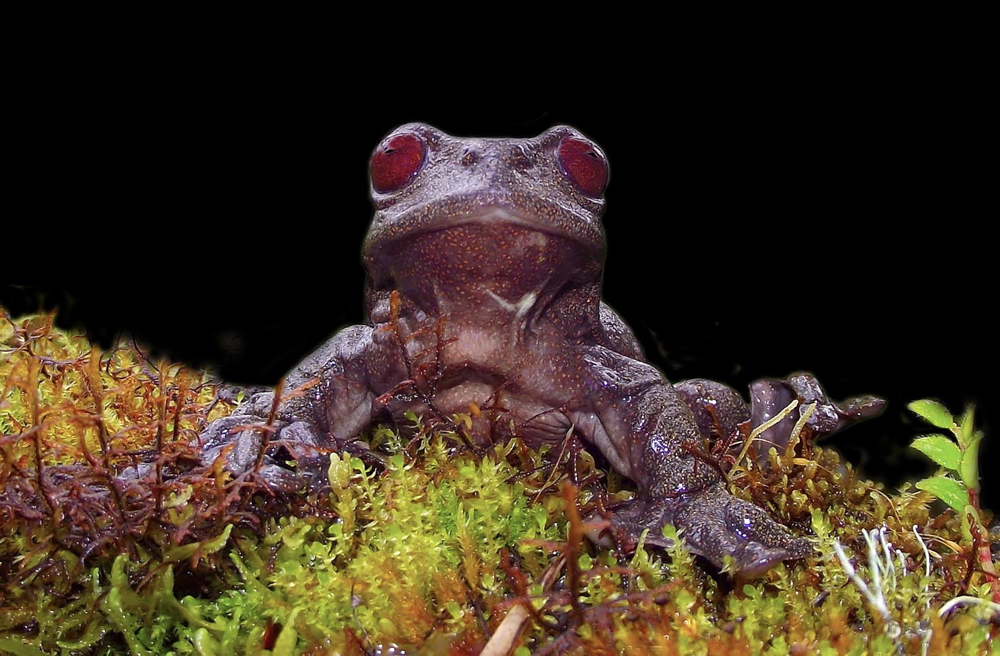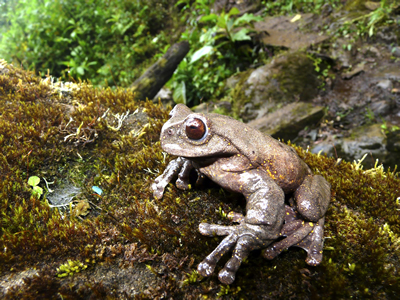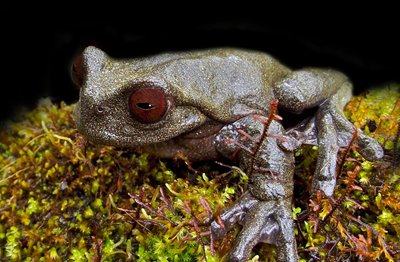Z7_89C21A40L06460A6P4572G3JN0
 Inglés UdeA - Cabezote - WCV(JSR 286)
Inglés UdeA - Cabezote - WCV(JSR 286)
Z7_89C21A40L06460A6P4572G3JQ2
 Signpost
Signpost
Generales
Z7_89C21A40L06460A6P4572G3JQ1
 UdeA researcher announces discovery of a new frog species
UdeA researcher announces discovery of a new frog species
Z7_89C21A40L06460A6P4572G3JQ3
 Portal U de A - Redes Sociales - WCV(JSR 286)
Portal U de A - Redes Sociales - WCV(JSR 286)
Z7_89C21A40L0SI60A65EKGKV1K57




 According to professor Rivera, scientific names are mostly used to draw attention and make a name easy to remember for those who are not familiar with science.
According to professor Rivera, scientific names are mostly used to draw attention and make a name easy to remember for those who are not familiar with science. The study was led by a team of herpetologists including Karla García, a researcher at the Ornithology and Biodiversity Center (CORBIDI) in Peru, and Canadian scientist Taran Grant, director of the Amphibian Research Laboratory at the University of Sao Paulo.
The study was led by a team of herpetologists including Karla García, a researcher at the Ornithology and Biodiversity Center (CORBIDI) in Peru, and Canadian scientist Taran Grant, director of the Amphibian Research Laboratory at the University of Sao Paulo.